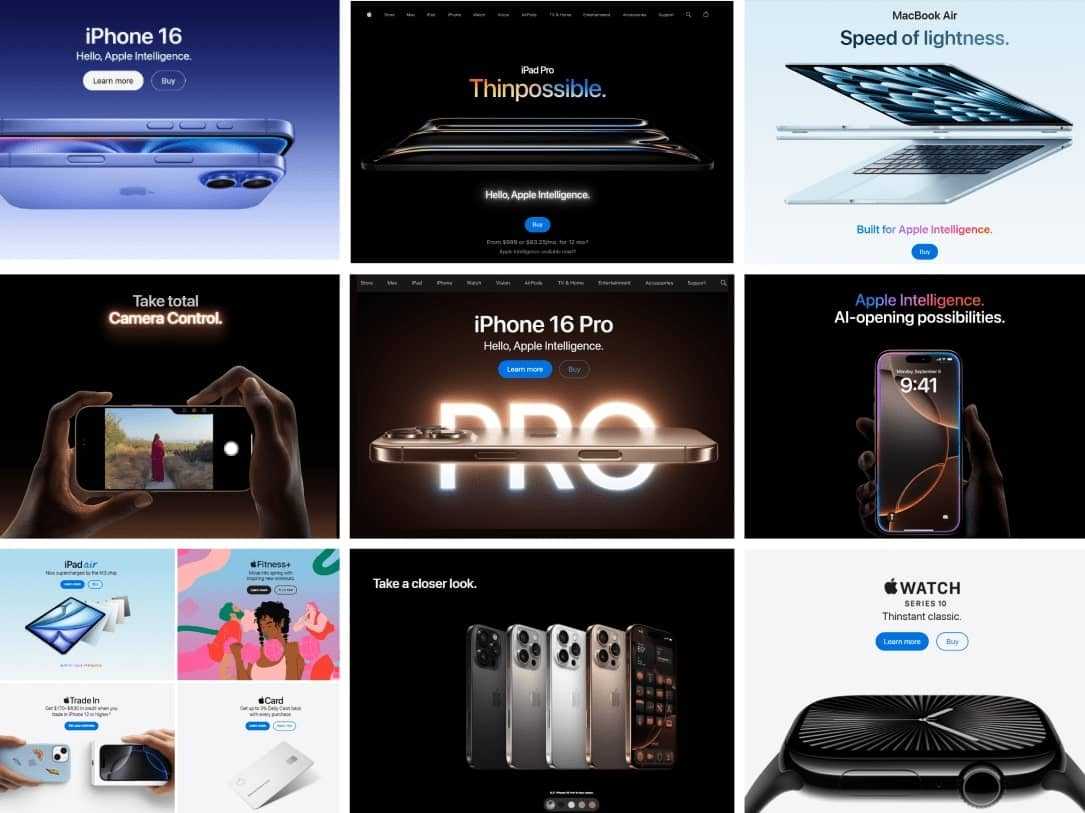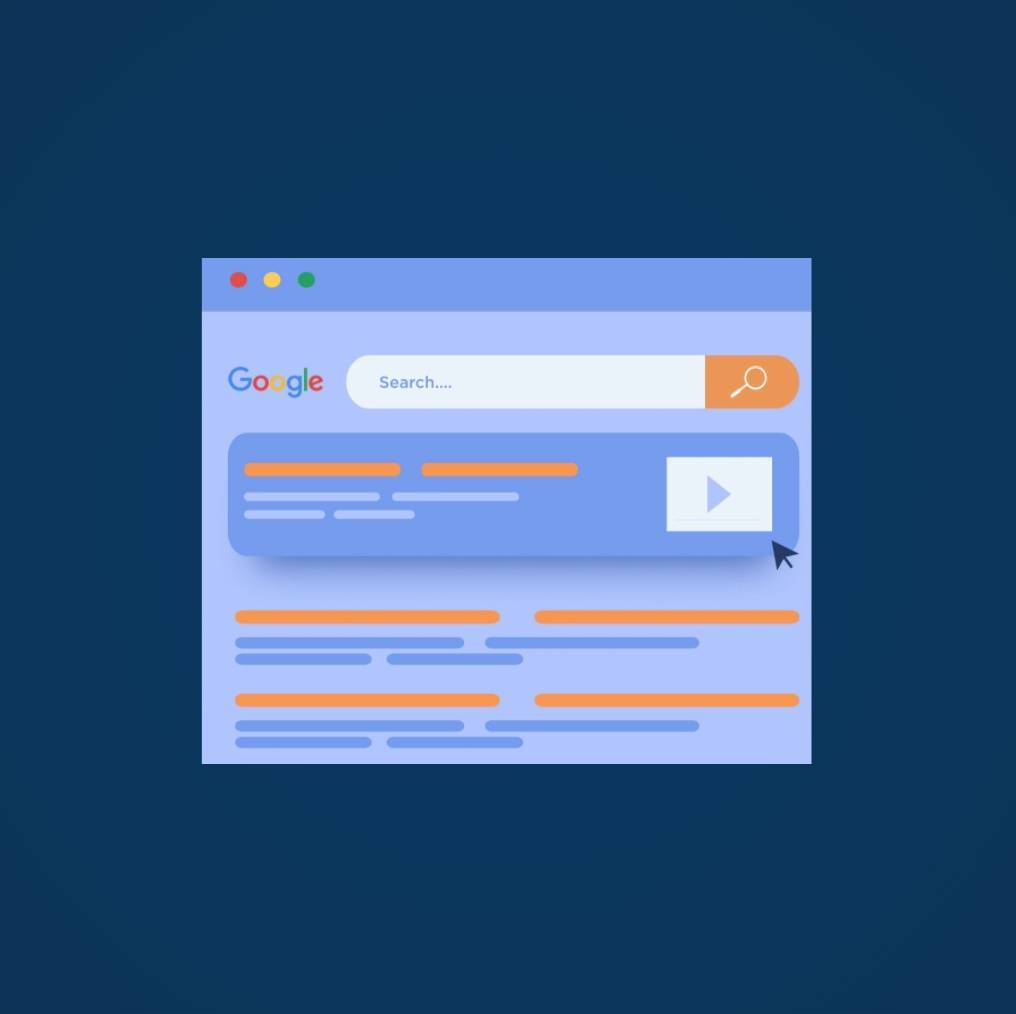

Understanding Google’s Featured Snippets and Rich Results
Today’s Google Search results include many different types of listings. While most of us are familiar with Google ads and the “blue links” listed as organic search results, there are newer elements known as Featured Snippets that have suddenly become very prominent–and a bit controversial–because their positioning and rich visual elements draw attention and clicks from other search results.
How can brands benefit from winning these featured search results? Are there risks to targeting featured snippets with your SEO and marketing strategy? We explore these questions and more to help you understand whether featured snippets should be on your radar, and what it will take to improve your rankings enough to win them for your targeted keywords.
Let’s start by first defining what we mean when we use “featured snippet” in reference to a prominent, rich-media search result in Google SERPs.
What are Featured Snippets?
When a web user submits a query in Google Search, it might show a search result extracted from your site in a special block known as a “featured snippet” at the top of the search results page.
Featured snippets nearly always appear above all other organic search results, in what is known as “position zero” because it is above the #1 organic listing.
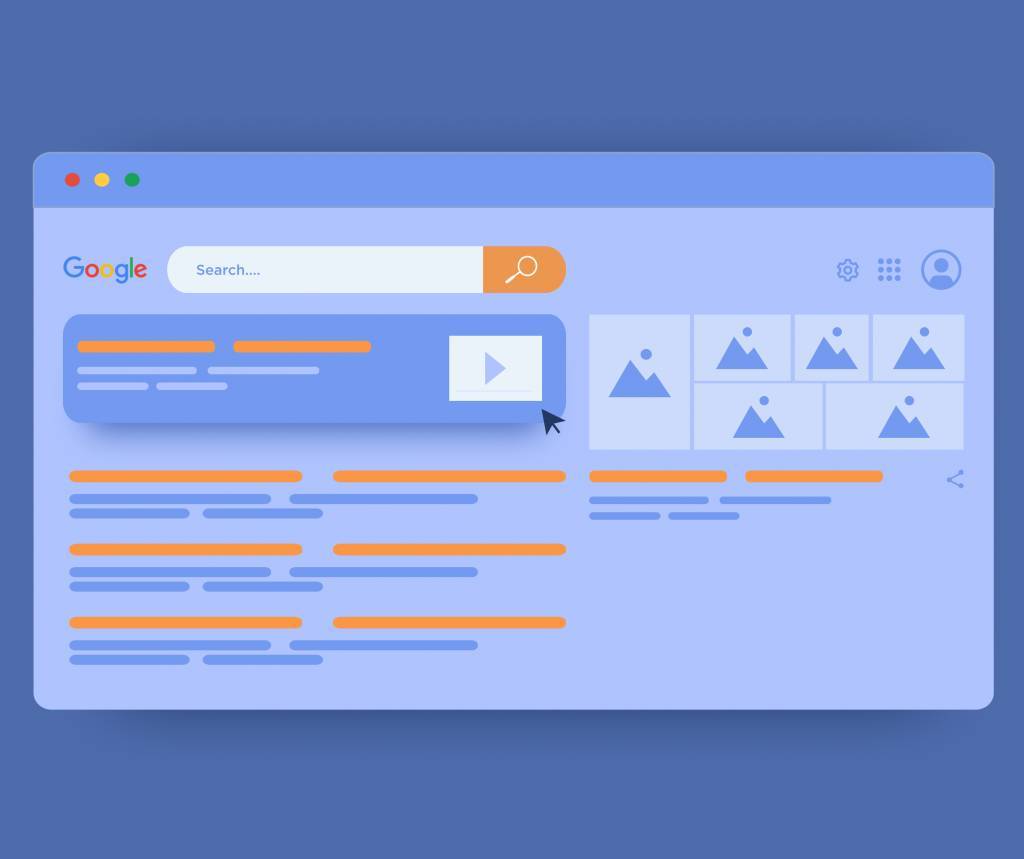
Where else do snippets appear in Google’s search results?
Featured snippets commonly contain one listing at the top of the SERP, but more than one may appear. You might find featured snippets isolated in one section of a search results page, such as the "People Also Ask" section, or in a side panel along with Knowledge Graph information.
What’s shown in a Google SERP at any given time can also change according to whether you're searching from a desktop computer or a mobile device, or what country you are in when you search, your browsing history, or many other contextual factors. In every instance, Google is changing the SERP because it is trying to show search results in the most useful format for the searcher.
Where does Google get the information displayed in featured snippets?
Google's generation of Titles and Descriptions for snippets and other search results is completely automated and takes into account both the content of a page as well as references to it that appear on the web. The goal of the snippet and title is to best represent and describe each result and explain how it relates to the user's query.
When did Google introduce featured snippets in Search?
Featured snippets have been slowly rolled out over the past few years, following the trend of Google SERPs (Search Engine Results Pages) changing and evolving their look over time. Many of us have become used to seeing elements such as the Knowledge Panel or “People also ask” box displayed in our search results, offered by Google to provide more context for each search and more possible resources to answer our queries.
How Can Featured Snippets Help Brands?
For many companies, it may not immediately seem apparent why they should target featured snippets with their SEO strategy. They may feel winning snippets is a matter of chance or luck, and simply achieving the top organic listing is a more tangible goal they can wrap their heads around. That could be a big mistake.
Here are some examples of how Google’s featured snippets support the typical marketing goals of most brands and businesses:
- Snippets Increase Traffic to Your Website - The most obvious benefit of getting a featured snippet is more traffic to the website. When your content is featured in a visual element that stands out from a crowded list of blue links, you are more likely to attract attention and earn click-throughs to your pages.
- Snippets Can Lead to Increased Conversions - For businesses, the most fruitful benefit of getting a featured snippet is the increase in organic conversions, or customers that took action after seeing the snippet. This can go beyond conversions earned from click-throughs–for example, seeing the snippet alone could convince someone your business is a viable and trusted solution provider, prompting them to call you rather than click and visit your website.
- Snippets Increase Brand Awareness and Visibility - Appearing in the organic search results increases the overall awareness of your brand across a vast audience of searchers in Google’s network. Appearing as the answer to industry questions also lends credibility to your brand’s expertise and trustworthiness.
- Snippets Position Your Brand as a Topical Authority - When you attract more users searching for the topics related to your business, increasing the average time spent on the website, and building links that boost your rankings enough to win featured snippets, the overall authority of the website is improved.
- Helps you capitalize on Voice Technology - Studies indicate that virtual assistants like Alexa, Siri, Google Assistant, and Microsoft’s Cortana typically use featured snippets pulled from search results to answer their users’ voice search queries. Nearly 40% of internet users perform vocal searches on computers and mobile devices in 2021.
What Concerns Should You Have About Snippets?

To be fair, it’s not inherently good to win a featured snippet for every keyword. The reasons are nuanced, and require critical thinking of search intent for each keyword–and the role Google plays (or wants to play) in answering those queries, and how snippets fit into that.
Google Didn’t Do This Just for Your Site
We assume Google updates its SERPs to improve the search experience–and to be fair, most of the time their changes do improve them–but we can also assume Google also has a business incentive to update its search result pages in order to improve and grow the presence of its search advertising products.
One of the likely reasons Google invented snippets is to increase the time spent on Google search pages. The longer someone is on the Google SERP instead of clicking through to the owner's website, the more likely someone is to see or click on an ad.
This means for certain search queries, Google ends up "using" the content you created for Google's own benefit. However the end-goal is what Google has always said they want to provide: an answer to your question while saving your time. It's definitely something to think about.
Snippets Can Reduce Click-Throughs
In some cases, winning the featured snippet can result in less traffic coming to your site than winning the top listing might. Studies show the typical CTR of a featured snippet is less than that of the #1 organic search result.
Probably one of the intentions of snippets being invented by Google is to increase the time spent on Google search. The longer someone is on the Google SERP instead of clicking through to the owner's website, the more likely someone is to click on an ad. Just like any website owner likes to increase time on site, google is no different.
Snippet or Listing, You Can’t Have Both
Google also recently updated its algorithm to ensure sites only show up once in search result pages (known as the “deduplication update”). Previously, it was feasible that you could both win a featured snippet and also show up in the results listed below the snippet. Now that this is not the case, it actually makes the featured snippet less valuable in many cases.
The Data Is Changing as Snippets Grow
However, that data is based on historical versions of the Google SERP. As it has evolved over time, the metrics on featured snippet engagement are changing.
For some brands, the benefits of winning featured snippets outweigh the risks, because there is still a great deal of brand awareness generated as people search and come to associate your brand with the answers to their queries.
What Google Snippets Should You Target?
Featured snippets get the trust of searchers that it is the correct information about the query, because google shows it on 0th position. The general types of snippets that are most popular are as follows.
“Answer Box” or Paragraph Snippets
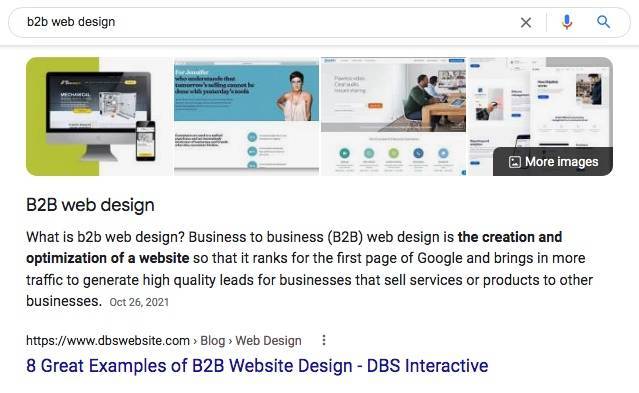
This featured snippet includes a short excerpt of copy related to the search query
The first and most common kind of featured snippet is the paragraph featured snippet. This snippet contains a short excerpt of text that is typically anywhere from 40 to 50 words in length. Usually, there is a thumbnail image that accompanies it. These kinds of snippets come up in results pages when a user searches a question with a descriptive answer.
People Also Ask
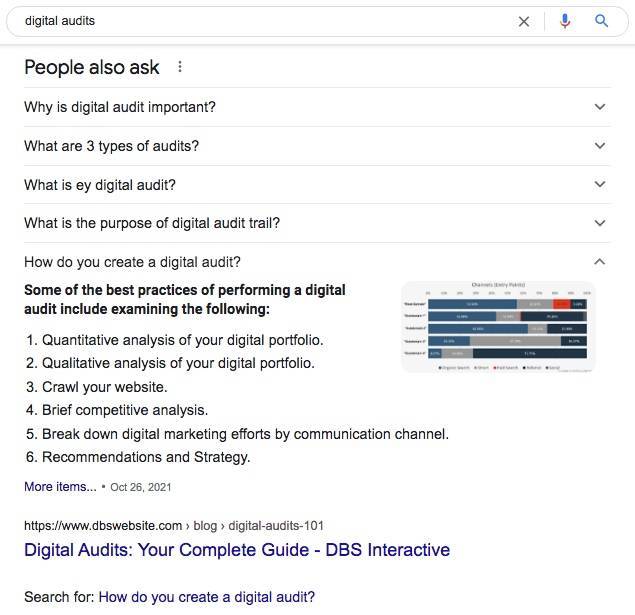
Google's "People Also Ask" box includes expandable rows that show answers to similar queries
These usually show up in searches that ask a question, such as who, what, where, when, why, or how. It contains a summary of the content on the featured web page related to your search query, along with the page title, link, and featured image.
Local Packs
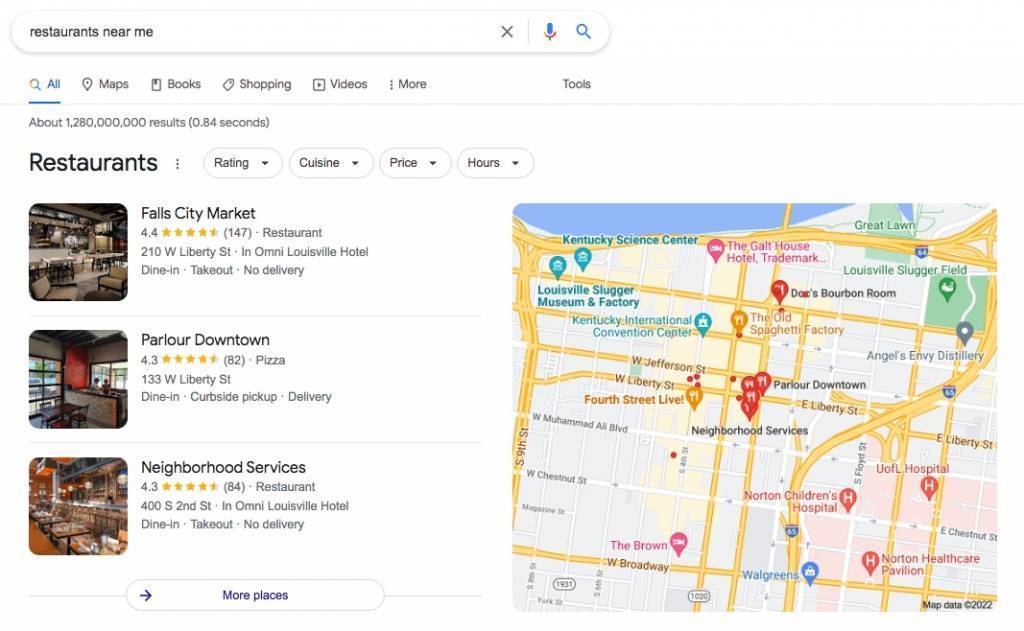
Local Packs on desktop include results beside a localized Google Map
Localized searches seeking answers such as a nearby store or the closest service center to a user’s location can result in a "Local Pack" featured snippet that shows results in proximity to the search user with details such as their business name, description, contact info, and distance.
Top Stories
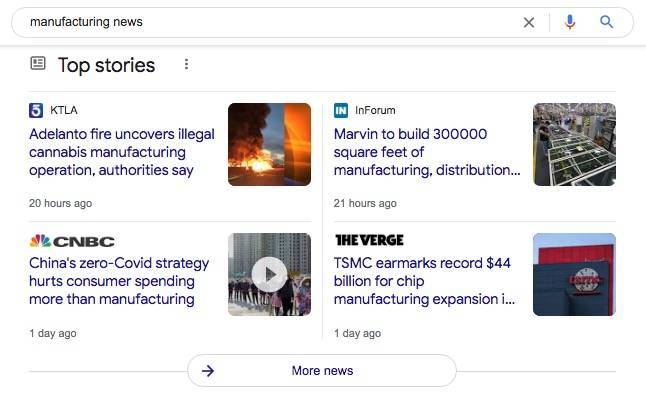
When searching for news or updates, you will often see a Top Stories snippet
While Top Stories mostly feature content published to news sites, updates regarding popular and recent breaking news stories that are posted on trade publication websites or industry blogs can also become a part of featured snippets quite often.
Video Snippets

Video snippets often include links to view specific segments of the video
A featured snippet containing a video player appears when searchers look for something related to a song or movie. It can also appear when the answer to a question is contained in a video chosen as a featured snippet. The video is pulled with the paragraph snippet format, the video thumbnail, and the YouTube link. The paragraph is commonly pulled from the YouTube video description. You can put the text that you want Google to consider for your snippet at the beginning of your video’s description for best results.
How to Win Google Snippets
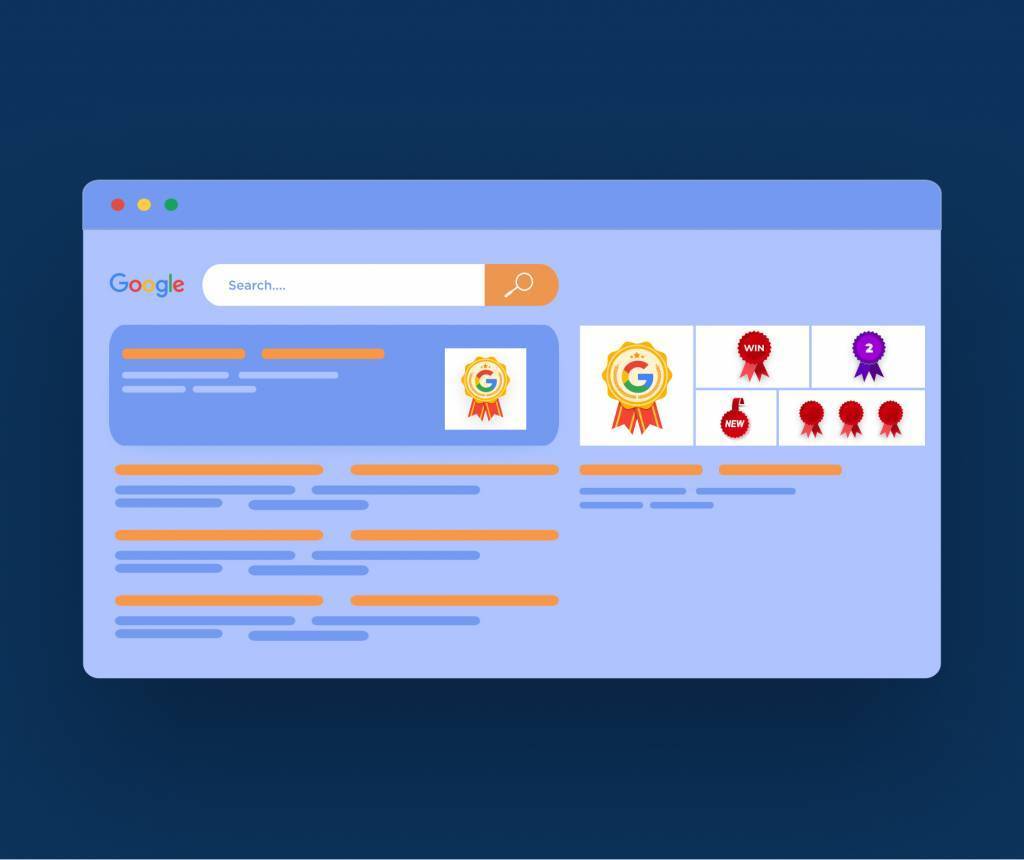
Unfortunately, there’s no way to guarantee that Google will use your content as a featured snippet, since its algorithms consistently evaluate snippets (and search rankings in general) to see which snippets provide the best responses to certain user queries. What may have been answered in a List snippet may end up being replaced by a Video snippet, depending on any algorithmic changes that impact the SERP.
However, what you can do is create high-quality, targeted content that has a high chance of being chosen for featured snippet through the following SEO tactics:
Perform Robust Keyword Research
Effective keyword research is crucial for any SEO strategy. It can help you figure out what type of content you should make to get noticed. In the case of featured snippets, it can also help you identify specific queries that already rank for “Position #0” so that you can go after them.
If your goal is to attain featured snippets, keep your content as simple as possible. Snippets don't usually contain uncommon or complicated words, instead preferring content with the most common, widely used relevant words. That means big words and confusing terms can hurt your chances.
- Long-tail keywords - You can use keyword tools to find variations of related, relevant long-tail keywords that you could also target for the snippets that you already own.
- Examine related queries for FAQs and targeting “people also ask” - Answering as many queries or questions as possible on People also Ask helps in effective SEO and earn google snippets. According to studies conducted by Semrush, the prominence of PAA boxes has increased radically since they were first tested in April 2015.
Did you know? The average percentage of SERPs with People Also Ask snippets has grown about 40-42% for both desktop and mobile every year.
Implement Technical SEO
Technical SEO is a commonly implemented strategic tool for web marketers, as Google continues to prioritize page experience and certain site performance factors. Some typical components of technical SEO include:
- Structured Data - Structured data helps large search engines like Google, Yahoo, and Bing recognize your content and, in some cases, generate featured snippets about it. If you add structured data to your content, it improves your website's SERP appearance and can even improve your chances of ranking high enough to earn a featured snippet.
- Faster Page Speeds - Faster pagespeeds helps you rank higher through SEO into featured snippets because page speed is an important part of Page Experience metrics, including Core Web Vitals, which are now a search ranking factor for Google.
- Images with Keyword-optimized Alt Text - Alternative text features on images also helps Google to recognize and rank the image higher, thereby giving it a better chance of being pushed into featured snippets by Google’s search algorithms.
Observe Your Snippet Competitors
When you work hard at boosting your rankings on search engine results pages and earn higher search rankings, sometimes you notice that competition is still winning because it actually owns a featured snippet for the same search queries you’re already targeting for. Then you’ve to uncover which snippets your competitors are ranking for. You have to optimize your own pages for those same terms or keywords they are ranking for.
Plan Content Clusters According to Search Intent
Understanding search intent is key to writing content that wins featured snippets. Content clusters are a newer concept in SEO content strategy that goes beyond merely inserting keywords in content and hoping Google will respond favorably. Instead, a content cluster strategy uses topic modeling and internal linking to improve the user experience of your content and boost your search performance.
There are three main aspects of your content strategy to prioritize for search performance:
-
- Pillar pages — Pillar pages serve as broad, comprehensive pieces of content that become the “hub” of your content clusters.
- Cluster content — This refers to any piece of content that is linked to or from a cluster’s pillar page.
- Internal linking — Internal links are the glue that holds your clusters together, helping users navigate the relevant clustered content on your site.
When they’re working together in a content cluster model, these three components allow you to cultivate an impeccably organized and high-quality collection of content that is useful to your customers and is extremely easy for Google to crawl and thus gaining momentum to appear on featured snippets and go further into SEO opportunities.
Partner with An Agency that Wins Snippets
Being featured in Google search results and winning Featured Snippets is an awesome opportunity to get greater organic search visibility and steal your competitors’ traffic.
Contact DBS and Let our SEO experts help you win more featured snippets and optimize you for #0 position right on top on search results pages (SERPs).
